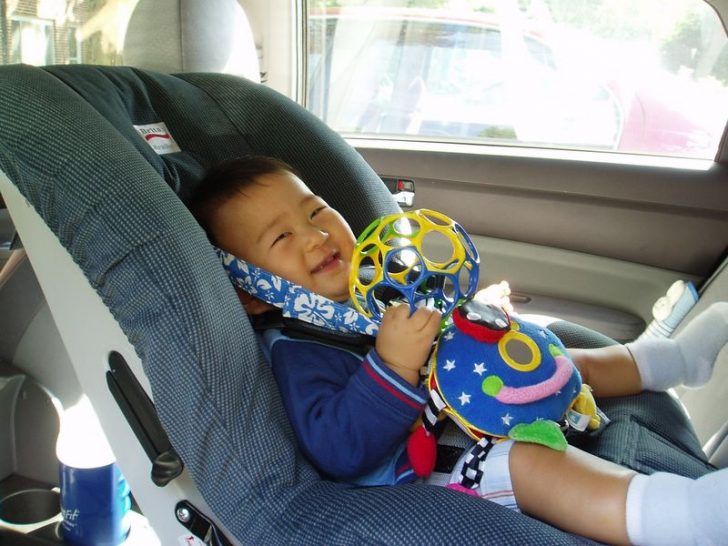Parenting comes with the added responsibility to keep your child safe and this also applies when your child is riding in a vehicle. Car crashes are the most commonly reported road incidents; each year, thousands of young children are either killed or injured in such crashes. As it turns out, child restraints, or car seats, reduce the risk of injury by 71% to 82% and reduce the risk of death by 28% in comparison to children wearing seat belts alone.
According to some reports, more than one-third of the children under the age of 13 who died in passenger vehicle crashes were either not in car seats or wearing seat belts. Motor vehicle crashes remain a leading cause of death among children. In 2011, almost two children under the age of 13 were killed and 338 were injured every day while riding in cars, SUVs, pickups, and vans.

Car seats and restraint systems can prevent your kid from being thrown forward and thus play a major role in reducing the severity of injury and chances of survival during a car crash or an accident. Car seats, when correctly installed and used, provide proven life-saving and injury-reducing benefits for child passengers. In fact, properly used car seats decrease the risk of fatal injury by 71 percent for infants and 54 percent for toddlers.
Things to consider before buying a car seat
When buying a car seat, it’s best to try different options such as rear-facing seat, a rear-facing convertible seat, a forward-facing convertible seat, and a forward-facing seat that comes with a harness. Some car seat manufacturers have online guides that show which type of seat is best suited for your family car.

Depending on your baby or child’s age and weight, car seats are divided into three main groups:
- Group one consists of babies aged up to about 15 months. For such babies, rear-facing car seats are more suitable; some can be clipped onto a pushchair frame and are known as travel systems
- According to Group 2, forward-facing seats are suitable for children who weigh 9-18kg (20-40lb) or who are aged from about 9 months to 4 years
- Group 3 highlights that high-backed booster seats are suitable for children who weigh 15-36kg (33lb-5st 9lb) or are aged from about 4 to 11 years.
What makes a car seat an unsafe place to sleep?

When babies sleep in the sitting position, their heads can fall forward, restricting their airways and causing them to stop breathing. According to a 2015 study published in The Journal of Pediatrics, this devastating phenomenon, known as positional asphyxiation, affects children up to the age of two and was found to be the cause of 48 percent of deaths in car seats. The other 52 percent of deaths were caused by strangling due to straps, often because they weren’t properly secured.
As a precaution, parents should make sure that children who fall asleep in a car seat while being driven should remain in the car seat until they are no longer traveling. If they are still asleep at this point, they should be placed in either a crib or bassinet.





